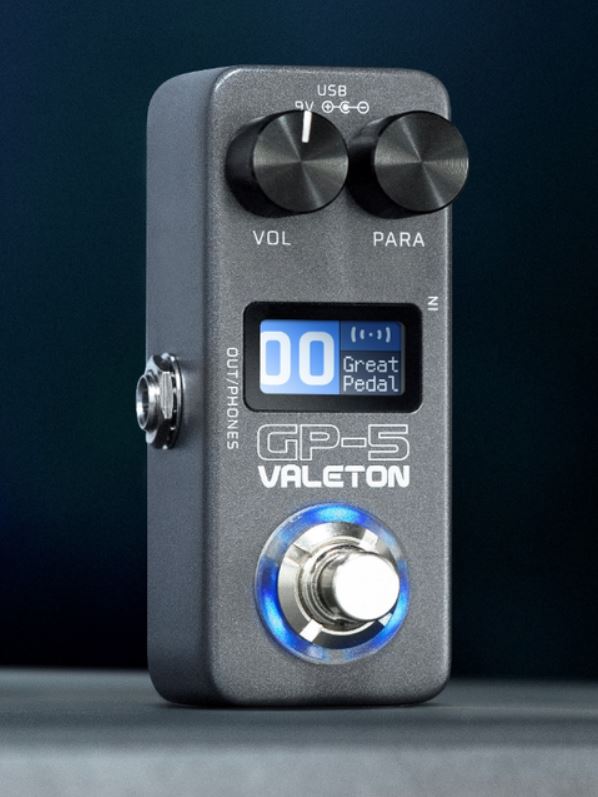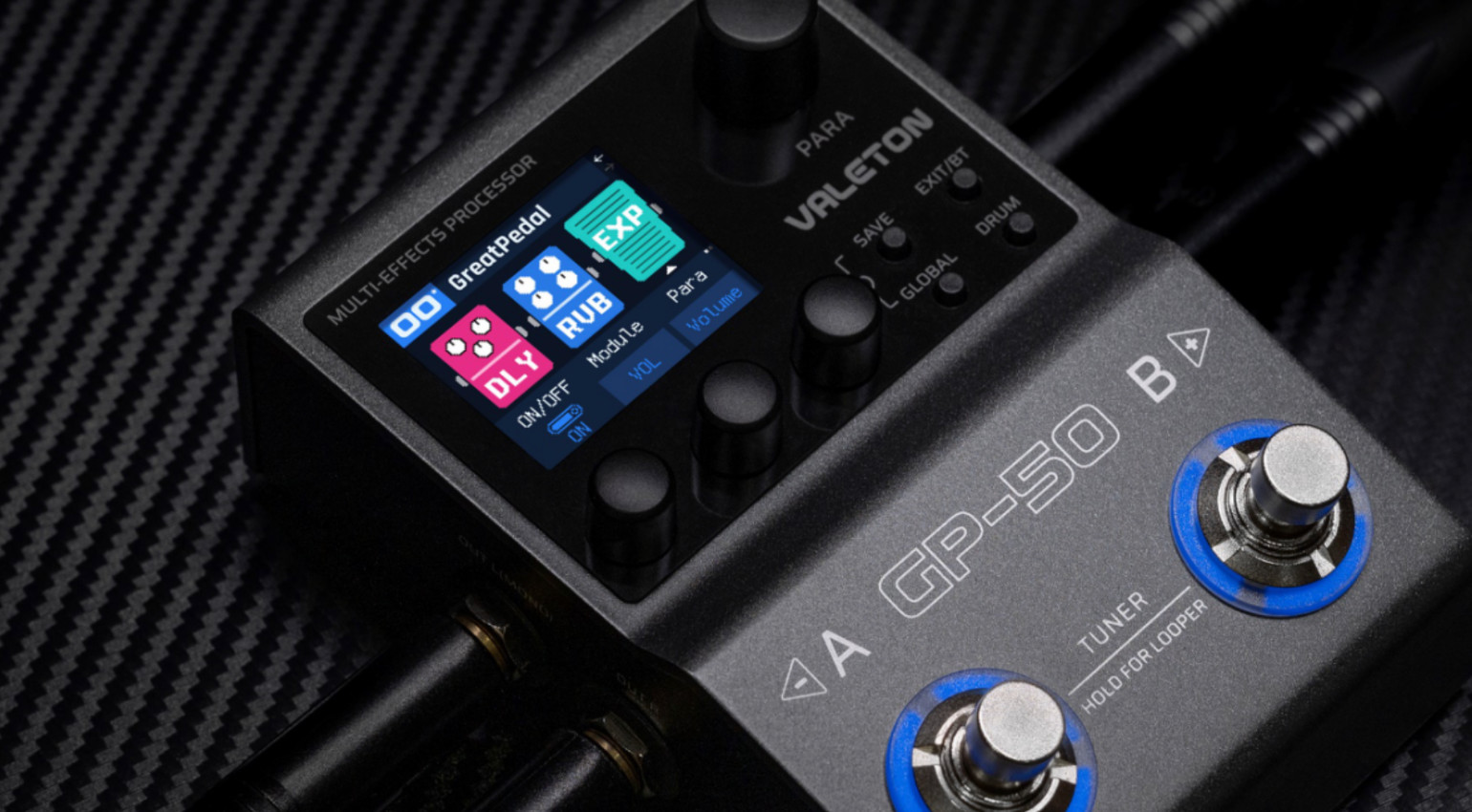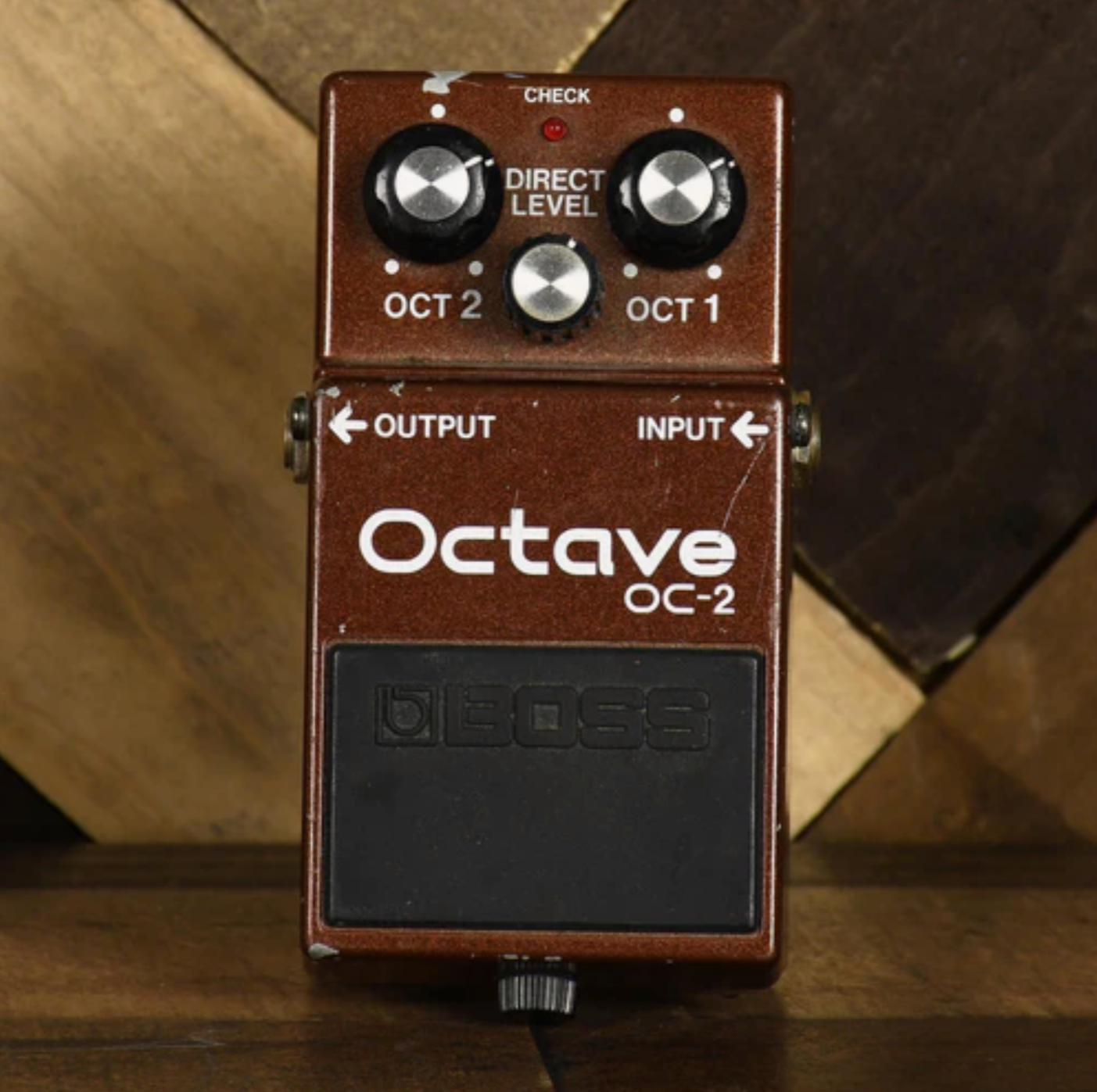
🎅 Christmas Gift Guide for Bass Players (Best Presents of the Year)
Looking for the perfect Christmas present for your favourite bass player? This year brought a fantastic mix of compact digital tools, boutique pedals, wireless solutions, and great-value instruments — many of which we’ve already reviewed here on BassGearReviews. Below is a curated gift guide covering multiple price points, different types of bass gear, and standout releases from this year, with direct links to our in-depth reviews so you can dig deeper before buying. 🎄 Valeton GP-5 — Ultra‑Compact Multi‑FX & Practice Rig The Valeton GP-5 is one of the most impressive value releases of the year. This tiny multi‑effects unit packs amp modeling, IR loading, modulation, delay, reverb, a drum machine, USB audio interface functionality, and a rechargeable battery — all in a pedal that fits easily in a gig bag. It works brilliantly as a practice tool, travel rig, or even a backup DI solution for gigs. For live use, we strongly recommend pairing it with an external MIDI controller like the M‑Vave Chocolate, which unlocks proper preset switching, tap tempo, and hands‑free control. 🔗 Read the full review here Price range: Budget / excellent value 🎄 JHS 424 Gain Stage — Characterful Preamp & Saturation Pedal Inspired by the iconic Tascam Portastudio 424, the JHS 424 Gain Stage delivers lo‑fi warmth, tape‑style saturation, and flexible gain staging that works surprisingly well on bass. Whether used as a subtle tone thickener, a gritty preamp, or a full‑on fuzz‑adjacent texture tool, this pedal shines for players who want character over cleanliness. It’s especially effective in recording setups and creative pedalboards. 🔗 Read the full review here Price range: Mid 🕯️ Xvive P58 — Wireless System with Pedal Receiver & Tuner The Xvive P58 combines a rock‑solid 5.8 GHz wireless system with a pedal‑format receiver that includes a built‑in tuner — making it an excellent choice for gigging bass players who want to ditch cables without cluttering their board. If you’re already familiar with Xvive’s popular A58 transmitters, the P58 system feels like a natural evolution, offering low latency, reliable connection, and stage‑friendly ergonomics. Price range: Mid 🎄 Sire Marcus Miller V6 & P6 — Pro‑Level Basses at Accessible Prices Sire continues to set the benchmark for value‑for‑money bass guitars, and this year’s V6 and P6 models are no exception. Either instrument makes a fantastic “big” Christmas gift — suitable for beginners upgrading their first bass or seasoned players looking for a reliable main instrument. 🔗 Read the reviews:V6 Review HereP6 Review Here Price range: Instrument / premium value ❄️ Origin Effects BASSRIG Fifteen — Classic B‑15 Tone in a Pedal The Origin Effects BASSRIG Fifteen is a lovingly crafted, all‑analogue tribute to the legendary Ampeg B‑15. Designed to capture the feel, response, and tonal depth of the classic studio bass amp, it excels as a recording preamp, DI solution, or centerpiece of a minimalist rig. This is a dream gift for bassists who chase vintage tone and appreciate premium build quality. 🔗 Read more Here Price range: Mid to premium 🎅 Sushi Box Effects Grand Slampegg — Boutique Tube Preamp Pedal For players who want real tube tone under their feet, the Sushi Box Effects Grand Slampegg delivers. Featuring a genuine 12AX7 tube, this pedal provides authentic warmth, natural compression, and touch‑responsive dynamics reminiscent of classic Ampeg‑style circuits. Hand‑built and unapologetically boutique, this is the kind of pedal bassists keep for life. 🔗 Read the full feature here. A full deep dive on this pedal is coming really soon, stay tuned! Price range: Premium / boutique 🎄 Quick Gift Guide by Budget 🎅 Final Thoughts Whether you’re shopping for a beginner, a gigging pro, or a studio tone obsessive, these bass‑focused releases from this year offer something genuinely special. Every product on this list stood out enough to earn coverage here at BassGearReviews, making them safe bets for Christmas morning smiles. Happy holidays — and happy low‑end!



